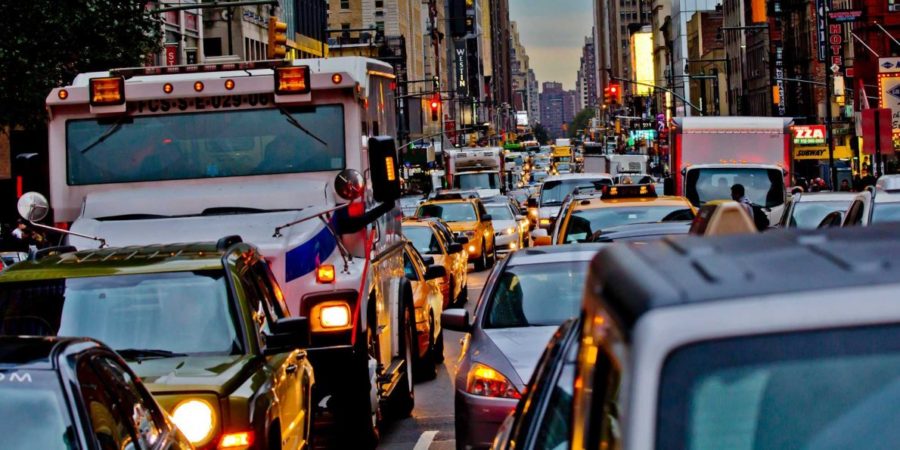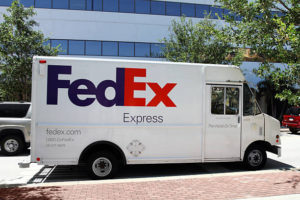Happy Monday everyone!
I read a report by former New York City Department of Transportation official Bruce Schaller that shows how much the transportation network companies (that’s your Ubers and Lyfts and Vias) have added to the traffic in the city. Within Manhattan’s core district between 2013 and 2017, total passenger trips increased 15 percent (even as cab pickups went down) and the number of miles traveled by on-demand passenger services increased 36 percent in those 4 years. This resulted in the average speed during business hours in the Manhattan core dropping to 6 miles per hour in 2017. Verrrrry slow indeed.
Further boosting this finding was a study by two University of California-Davis researchers that show that without a ride-hailing option, between 49 and 61 percent of trips would have not been made at all or would have been made by transit, bike, or walking. That means that in people’s minds, the availability of ride-share is convincing them to take a trip that they would not have taken, or they would have taken it using the three alternative methods mentioned above. That is essentially cannibalizing transit and making travelers think twice about biking or walking.
You can already see this behavior in the Washington, DC metropolitan area. As Metro struggles to get its house in order (ridership in the first quarter of 2018 was 3 percent below forecasted targets), people are taking increasingly taking Uber and Lyft to their workplaces and their social events, especially on the weekend when train headways increase. And a significant of these trips are single passenger i.e. one driver takes one passenger to his/her destination (Uberpool and Lyft Line, which encourage multiple passenger pickups in one driver trip, are not a favorite for drivers). Add to that the deadheading of miles from passenger-less Ubers and Lyfts, and you get the increase in miles traveled and therefore increasing traffic.
I worked with local elected leaders representing their jurisdictions on the National Capitol Region Transportation Planning Board as they debated on how to reduce traffic in the area that is the third-worst in the country today. It’s a problem that does not have an easy solution, and with ridesharing so ubiquitous in the area, the problem is likely to be exacerbated. The major urban centers are going to have to get serious regarding policies such as congestion pricing and prioritizing of high capacity vehicles such as buses and shuttles in special lanes. Uber and Lyft said they would support such policies – will the public follow suit? Would you follow suit and ride along?





Leave a Reply